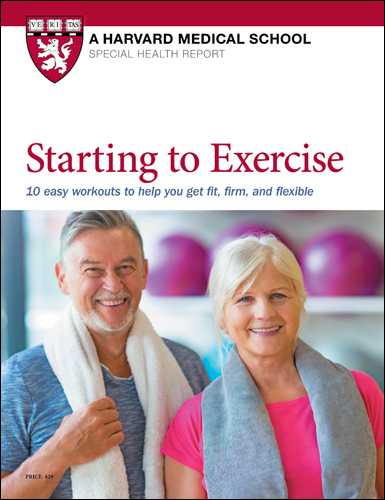Fat is more than calorie storage

A group of researchers based at the Joslin Diabetes Center and Harvard Medical School just published a paper in the journal Nature Metabolism that tells us something new and amazing, as well as confirms something we all know already.
They studied a protein that is secreted by mouse and human fat cells in response to cardiovascular exercise. The protein, called transforming growth factor-beta 2, or TGFB2, is an adipocytokine (which literally means "fat cell movement") that seems to lower blood sugars in mice. Previous research has shown that transplanting fat cells from mice of normal weight who exercised on a wheel into mice who were overweight and sedentary resulted in improved blood sugars.
These researchers administered this "fat cell movement" protein to mice with diet-induced obesity for nine days, and found significantly improved blood sugar response to a sugar load as well as increased sensitivity to insulin, both markers of improved metabolism and lower risk for diabetes.
They found that human fat cells also secrete TGFB2 in response to cardiovascular exercise. They hypothesize that TGFB2 could be used as a treatment for the metabolic problems often linked to obesity, such as glucose intolerance, insulin resistance (both of which increase risk for developing diabetes), and diabetes.
But they also state the obvious conclusion: exercise training improves metabolism.
Why take a pill when you can take a walk?
From my perspective, the next step is not to discuss how we can make this protein into a profitable pill, but rather to discuss how we can become more active in our day-to-day lives.
We know that activity — any activity — has multiple health benefits beyond those on blood sugar. This blog has reviewed research showing that exercise lowers cardiovascular risk, relieves stress, improves memory and cognitionand mood,prevents dementia, increases longevity, helps treat cancer, and on and on.
Right now, the recommended weekly amount of physical activity for adults is at least 150 minutes of moderate activity (think walking or easy biking) or 75 minutes of vigorous activity (think running or stair climbing). Children and teens should be getting 60 minutes per day of moderate to vigorous activity. These evidence-based recommendations were released by the US Department of Health and Human Services and are supported by many organizations, including the American Heart Association. (Check out our post on the new activity guidelines.)
According to a 2018 CDC study based on survey data from over 150,000 Americans from all 50 states, only 23% of adults meet those activity levels.
How can we make that happen?
On an individual level, we can realize that all activity counts, and it doesn't have to be at the gym.
On a family level, we can make playtime more active by encouraging more outdoor play (basketball, biking, jumping rope) and discouraging indoor sitting time (video games, television). We can make family time more active by taking walks, hiking, or doing sports together.
On a community level, we can work to make walking or biking to school safer for kids, and organize or get involved with activities like town soccer leagues.
There's more, of course, a lot more, and all of it is better (and safer) than taking another pill.
Follow me on Twitter @drmoniquetello
About the Author

Monique Tello, MD, MPH, Contributor
Disclaimer:
As a service to our readers, Harvard Health Publishing provides access to our library of archived content. Please note the date of last review or update on all articles.
No content on this site, regardless of date, should ever be used as a substitute for direct medical advice from your doctor or other qualified clinician.
















